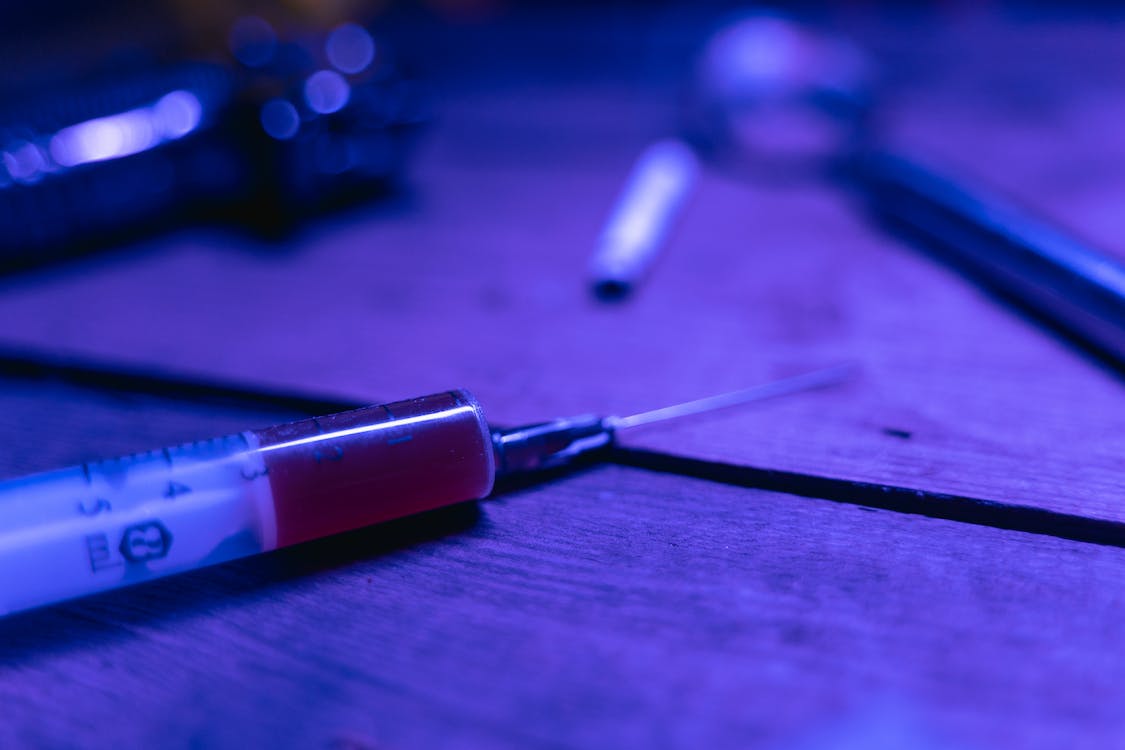Just like many folks in South Africa, you’ve probably heard about safe injection sites. These places, where people can use drugs they’ve brought with them under the watchful eye of medical professionals, can stir up quite the discussion. The burning question often is: Do these sites actually save lives, or do they just make it easier for addicts to keep using?
To get to grips with this, we first need to understand what these sites are set up to do. Safe injection sites, also referred to as supervised injection facilities (SIFs), are all about reducing the harm linked to drug use. They hand out clean needles to stop diseases like HIV and hepatitis C from spreading, they have medical staff on hand to stop overdoses from happening, and they can point folks in the direction of addiction treatment services if they want them.
Something you might not know is that these sites are actually pretty effective at bringing down drug-related harm. Research from Vancouver, Canada – home to the first North American SIF – revealed a 35% drop in overdose deaths in the area around the facility. What’s more, SIFs have been shown to make it easier for people to access addiction treatment services. They also cut down on drug use in public places and the amount of drug-related litter, making communities safer overall.
However, critics argue that these sites normalize and enable drug use. They worry that SIFs send a message that drug use is acceptable, potentially leading to increased drug use in the community.
Pros and Cons of Safe Injection Sites
| Pros | Cons |
|---|---|
| Reduces risk of overdose deaths | Might normalize drug use |
| Prevents spread of diseases | Could potentially increase drug use |
| Increases access to addiction treatment services | Community acceptance might be difficult |
FAQs
1. Do Safe Injection Sites encourage drug use?
There’s no evidence that SIFs lead to increased drug use. In fact, they often serve as a bridge to addiction treatment services.
2. Are these sites legal?
The legality varies by location. In some places like Canada and certain European countries, they are legal and government-supported. However, they remain controversial and illegal in many other jurisdictions.
3. How can these sites benefit communities?
By reducing public drug use and related litter, SIFs can improve community safety. They also help lower healthcare costs by preventing diseases and overdose-related hospitalizations.
4. How do Safe Injection Sites manage drug supplies?
Safe injection sites do not provide drugs. Individuals must bring their pre-obtained drugs. The main goal of these locations is to provide a safer, supervised environment for drug use, preventing overdoses and the spread of diseases through shared needles.
5. Do these sites offer support for mental health?
Yes, many safe injection sites offer mental health support. Often addiction and mental health issues go hand in hand and both disorders need to be addressed.
6. Do Safe Injection Sites have an impact on crime rates in the surrounding area?
Research shows that these sites do not increase crime rates in the surrounding areas. In fact, by reducing public drug use and related litter, they can lead to improvements in community safety.
7. Are there cases of successful recovery associated with the use of Safe Injection Sites?
Yes, there are numerous cases of individuals who initially used safe injection sites and eventually entered treatment programs. These sites are often the first step towards recovery for people who might not have otherwise sought help.
8. What alternatives exist to Safe Injection Sites?
Alternatives include traditional drug treatment facilities, harm reduction programs that distribute clean needles, and comprehensive community initiatives that address the root causes of addiction, such as poverty and lack of education. It’s essential to remember that a multifaceted approach is often the most effective in addressing the complex issue of addiction.
As you grapple with this debate, remember that the goal of safe injection sites is harm reduction, an approach to drug policy that prioritizes minimizing the negative impacts of drug use over outright prevention. This approach recognizes that drug use is a part of our society and seeks to reduce its harm rather than condemn its existence.
Keep in mind that to acknowledge the heartache behind the addiction . As a parent who lost a child to overdose, the emotions run deep. The idea of ‘enabling’ might seem intolerable, but then, so too is the loss of life due to preventable overdose.
It’s necessary to remember that these sites are just one aspect of a multifaceted approach to tackling the addiction crisis. They do not replace comprehensive drug education, prevention, and treatment services. Instead, they offer a lifeline to some of the most vulnerable, providing a bridge to treatment and, hopefully, recovery.
Your pain, your loss, is a strong reminder of why these discussions matter. Because behind the statistics, the studies, and the debates, are real lives – lives that matter. Through continued dialogue, raising awareness, and thoughtful action, the hope is to save lives and prevent others from experiencing this heartache.










